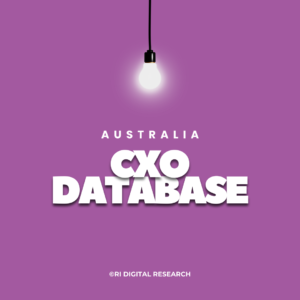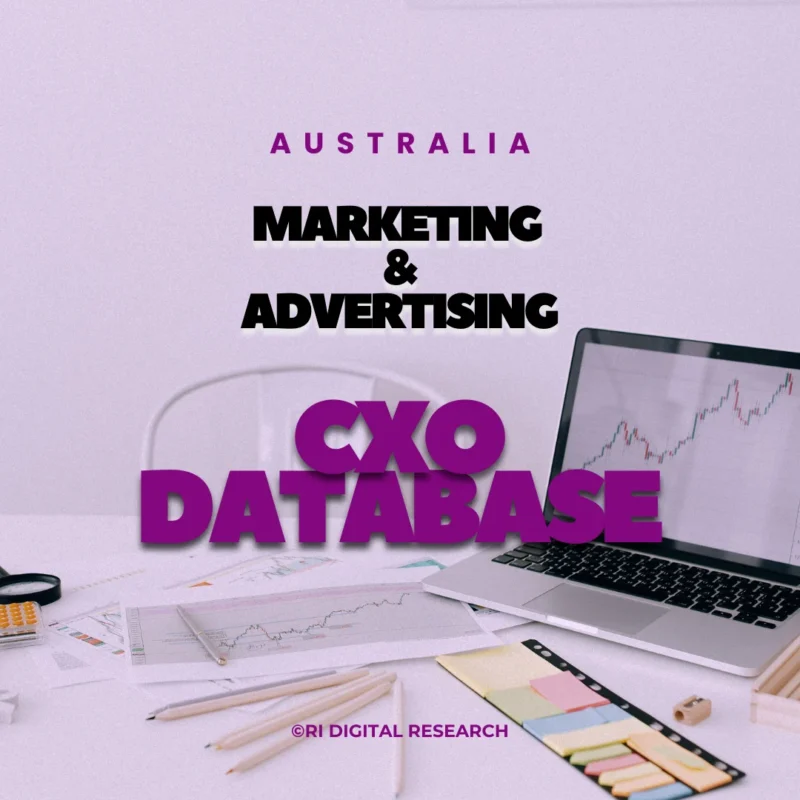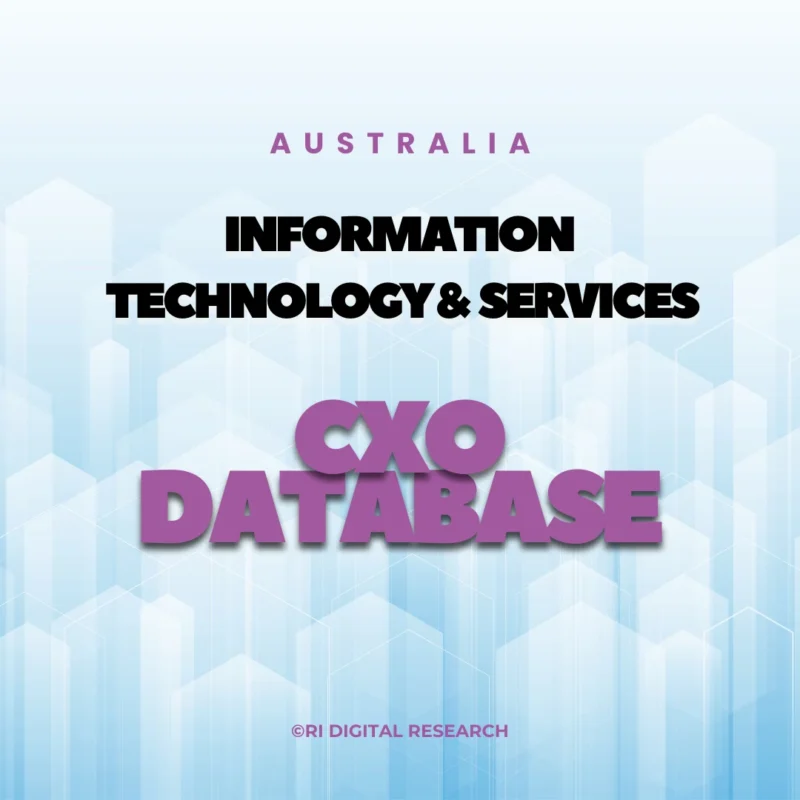Did you know that 75% of buyers report longer purchasing cycles over the past two years? This shift underscores the importance of a tailored approach in B2B sales, especially when considering the size of the businesses you’re targeting. Let’s explore how understanding business size can enhance your strategy in reaching key decision-makers.
Navigating Small Business Dynamics
In my experience, small businesses, typically with fewer than 100 employees, often have decision-making processes concentrated among a few individuals, often the owners themselves. This structure allows for quicker decisions but also means that personal relationships and trust are paramount. When approaching small businesses, I’ve found success by:
- Personalizing Communication: Direct, personalized outreach resonates well, as these owners value genuine connections.
- Emphasizing Value and Flexibility: Highlighting how your solution can adapt to their unique challenges demonstrates an understanding of their needs.
Why Choose Our Australian CXO Database?
- Access 20,514+ verified CEOs, Founders, and Business Owners from 47 industries.
- Perfect for B2B outreach, sales, and market research.
- Manually verified for accuracy and high deliverability.
- Instant download – Get your database immediately.
- No subscription fees – One-time purchase, lifetime access.
Purchase Now and start connecting with key decision-makers today.
Engaging Medium-Sized Enterprises
Medium-sized businesses present a different landscape. With more structured hierarchies, decision-making involves multiple stakeholders. To effectively engage this segment:
- Conduct In-Depth Research: Understanding the company’s internal structure and pain points allows for tailored proposals that address specific needs.
- Building Consensus: It’s crucial to engage various departments and build consensus among stakeholders, showcasing how your solution benefits the organization as a whole.
Approaching Large Enterprises
Targeting large enterprises can be complex due to their intricate organizational structures. Decisions often require approval from multiple levels, and the sales cycle can be lengthy. Strategies that have worked for me include:
- Account-Based Selling (ABS): This approach involves creating highly personalized campaigns aimed at specific accounts, engaging all key stakeholders with tailored content.
- Demonstrating Scalability and Reliability: Large enterprises need assurance that your solution can scale and integrate seamlessly with their existing systems.
Key Differences in Targeting Strategies
Understanding the nuances between different business sizes is essential. Small businesses value agility and personal relationships, medium-sized companies require evidence of ROI and cross-departmental benefits, while large enterprises focus on scalability and long-term support. Tailoring your approach to these distinctions can significantly impact your success rate.
By aligning your sales strategies with the specific needs and structures of businesses based on their size, you not only enhance engagement with decision-makers but also position yourself as a partner who truly understands their unique challenges. This targeted approach fosters stronger relationships and drives successful outcomes in the B2B landscape.










